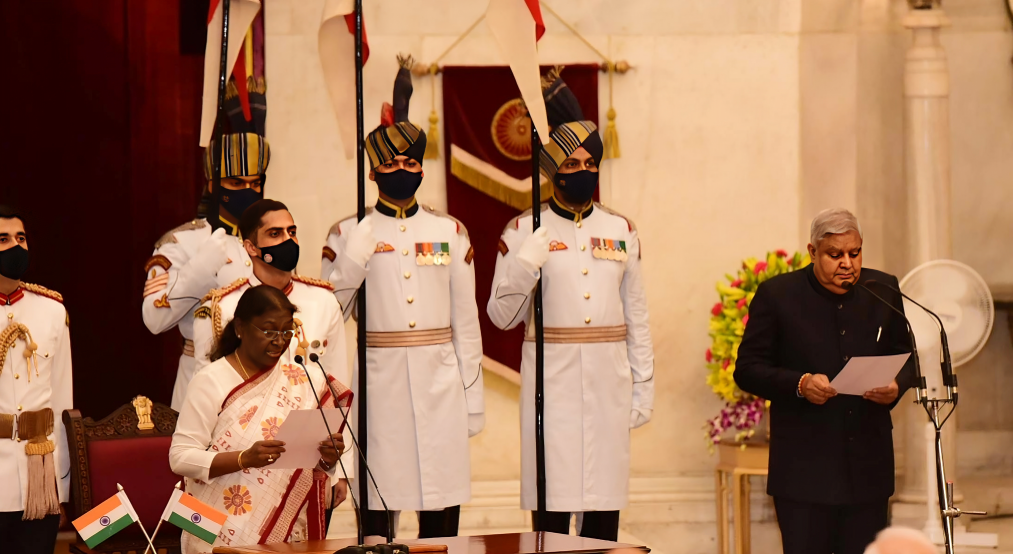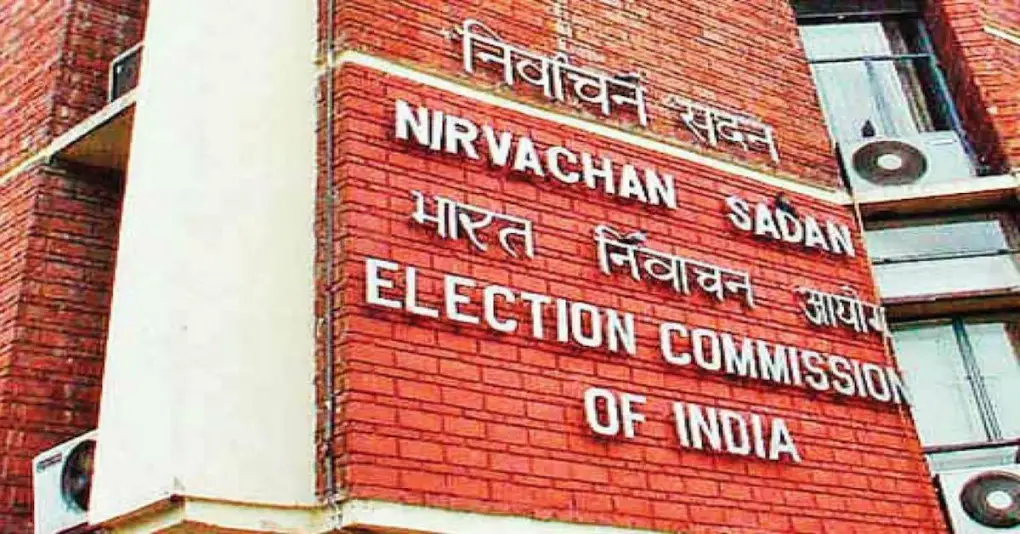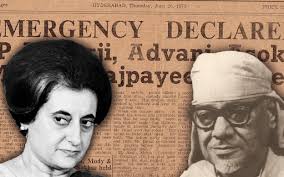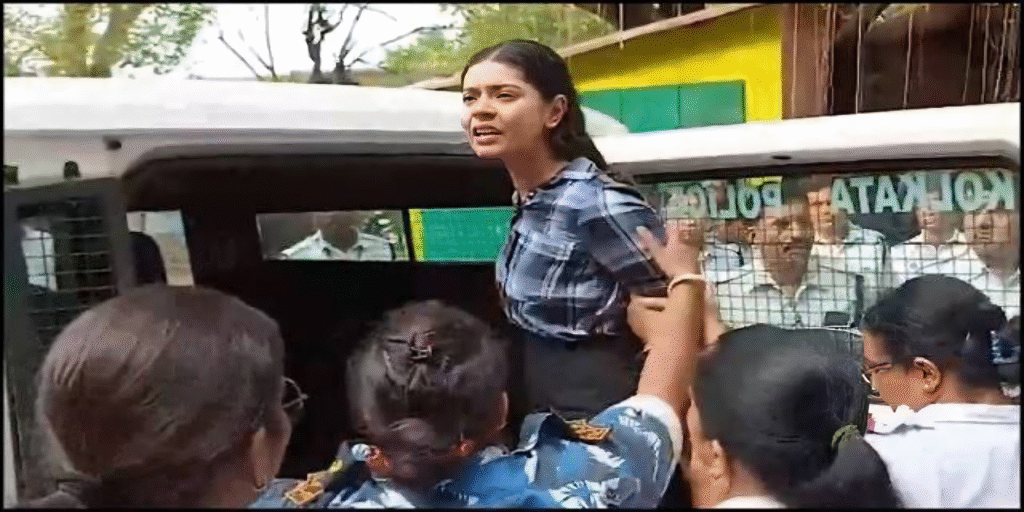On the evening of May 7, 2025, a nation stood still—not out of fear, but in solemn affirmation. Operation Sindoor, India’s precision military retaliation to the heinous Pahalgam terror attack, marked not only a shift in India’s strategic posture, but more profoundly, a rupture in the long, painful continuum of restraint. This operation was not merely a military maneuver—it was the articulation of a nation’s suppressed grief, accumulated over decades of bloodshed, policy hesitations, and diplomatic ambiguity. In many ways, it was the emotional and strategic reset the Indian Republic had been waiting for.
While the operation itself was carefully calibrated, surgically executed, and diplomatically framed as a counterterrorism strike, its psychological resonance transcended battlefields. Operation Sindoor became the point at which strategy met sentiment, defense met dignity, and sovereignty met soul.
I. India’s Emotional Epicenter: From Collective Grief to National Assertion
India is no stranger to terror. From the 1993 Bombay blasts, the 2001 Parliament attack, to 26/11 and Pulwama, the nation has seen the depths of brutality. But the Pahalgam attack of April 22, 2025, which claimed 26 innocent civilian lives, pierced the public consciousness with a particularly cruel ferocity. The victims were not security forces, but unarmed civilians—pilgrims, children, and elderly. The massacre reignited Kargil-era trauma, yet this time, the State’s response was swift, deliberate, and unapologetically firm.
Within Hours of the Strike:
Cities paused: In an unprecedented act of nationwide solidarity, traffic in Mumbai, Pune, Surat, and Bengaluru came to a halt at exactly 6 PM as people observed a two-minute silence in memory of the victims and in honor of the retaliation.
Youth-led candle marches: From Ranchi to Ludhiana, over 2 million young Indians organized spontaneous vigils. These were not orchestrated by political parties or state machinery but emerged organically—from universities, local clubs, and community forums.
Temples, Mosques, and Gurudwaras: Places of worship across faiths echoed with chants for peace and strength. In Ayodhya and Amritsar, sindoor from temples and mitti from martyr homes were symbolically smeared on the national flag, turning grief into devotion.
Cultural Silence: Bollywood, cricket, and celebrities observed digital silence. No film promotions, no sports banter—only a singular national mood of reverence and resolve.
This was not performative patriotism. It was a sacred emotional uprising—a moment when a billion people found their voice not in anger, but in unified assertion. A country long made to plead for justice decided instead to stand for it.
II. The Global Mood: Calibrated Diplomacy Meets Moral Clarity
International reactions followed familiar scripts—but with nuanced departures that revealed the world’s evolving perception of India.
United States: While publicly cautious, the tone from Washington was markedly less accusatory than in previous episodes. The Biden administration, aware of the shared counterterrorism vision with India, refrained from calling for “restraint.” Instead, the statement issued emphasized “responsible regional leadership” and stressed the need for dismantling terror networks.
Privately, CIA-RAW backchannels remained active, and high-level communication ensured that the strike was understood, if not explicitly endorsed, as a justified act of pre-emptive defense.
France and Israel: Their admiration was open, albeit diplomatically worded. French defense analysts praised India’s “surgical restraint with devastating clarity,” while Israel’s Defense Ministry acknowledged the “moral clarity in India’s doctrine of deterrence.”
China: Beijing’s response was instructively muted. While the Foreign Ministry issued a perfunctory call for “dialogue,” its real concern was elsewhere—Taiwan. Analysts believe that China viewed Operation Sindoor not as an Indo-Pak matter, but as a proof-of-concept in decisive deterrence—something the West might replicate in East Asia.
For the first time, PLA Eastern Command was placed on brief alert, fearing strategic mimicry.
Pakistan’s Diplomatic Spiral: Islamabad’s response was predictably erratic. From calling the strike “state terrorism” to threatening “unpredictable retaliation,” Pakistan launched an international appeal for condemnation—only to find the world largely unmoved.
Apart from Turkey and Malaysia, no major Muslim nation openly supported Pakistan’s position. Even Iran, traditionally sympathetic, chose silence—revealing Islamabad’s diplomatic isolation.
Russia: Moscow’s neutrality masked quiet support. Without directly endorsing India, it reaffirmed “the sovereign right of all nations to secure their territorial integrity.” In private, Kremlin officials noted India’s “mature handling of provocation without destabilizing the region.”
III. Post-Sindoor South Asia: A New Strategic Lexicon Emerges
What Balakot hinted at, Sindoor formalized: India’s new military doctrine of “Assertive Deterrence with Controlled Escalation.” This doctrine does not seek war but promises precise retaliation with strategic ambiguity.
Key Strategic Shifts:
LoC as Operational Space: No longer is the Line of Control sacrosanct. Operation Sindoor blurred traditional boundaries by striking deep into Pakistan’s Punjab and Bahawalpur, sending a clear message: safe havens are no longer safe.
Information Sovereignty: The strike wasn’t just on terror camps—it was also on narrative dominance. India mastered the information war, establishing the legitimacy of its actions before the world could speculate.
Regional Reactions:
Nepal & Bhutan: Increased intelligence-sharing protocols with India, fearing similar radical influences from across porous borders.
Bangladesh: Publicly lauded India’s “firm stand against cross-border militancy,” reflecting growing convergence in counter-terrorism objectives.
Sri Lanka: Extended naval logistical support to the Indian Navy, signaling a shift away from dependency on Chinese maritime influence.
IV. Narrative Supremacy: How India Managed Perceptions
India’s real triumph lay not just in military might but in controlling the global narrative. This was achieved through a sophisticated, decentralized media architecture:
Daily Encrypted Briefings: Select national journalists received strategic insights from the Defence Media Cell, ensuring coordinated, factual, and timely reporting.
Embassy Media Kits: Indian diplomatic missions released pre-approved narratives, videos, satellite imagery, and legal justifications, ensuring message consistency across continents.
Webinars & Think Tanks: A surge in intellectual diplomacy—featuring retired generals, foreign policy veterans, and international analysts—gave civilizational depth to the rationale behind the operation.
In effect, India did not merely defend itself militarily—it defended its actions morally, diplomatically, and intellectually. This multi-dimensional engagement ensured that the world saw not a nation seeking war, but a civilization seeking justice.
V. Sindoor as Symbol: From Sacred Vermilion to Sovereign Resolve
The operation’s code name—Sindoor—was no accident. In Indian tradition, sindoor signifies devotion, sacrifice, and sanctity. By choosing this name, India spiritualized the mission—it wasn’t just retribution; it was redemption.
The Symbolism of Sindoor:
Red for Rage and Resolve: The blood of innocents wasn’t to be wept over—it was to be avenged with dignity.
Marital Sanctity Transformed: Just as a bride applies sindoor in devotion, India offered it at the altar of sovereignty.
Sacred Nationhood: From Delhi’s Parliament to rural homes in Bundelkhand, sindoor became a metaphor for India’s civilizational awakening.
This operation was not an act of aggression—it was a sacred duty performed with surgical grace.
Conclusion: The War After the War
The guns may have fallen silent, but the real war continues—in boardrooms, chancelleries, think tanks, and hearts. Operation Sindoor will not be remembered just for its tactical brilliance, but for its emotional finality. It signaled the end of one era—the age of Indian diffidence—and the dawn of another: an India that does not explain, but acts; that does not seek sympathy, but commands respect.
In a world increasingly shaped by perceptions, not just power, India has achieved what few nations can—validation. And validation, as every strategist knows, is more enduring than victory.
The Kashmir conflict remains unresolved, and peace remains elusive. But what Operation Sindoor has undeniably done is restore the dignity of a people long forced to bleed silently.
India did not wage war. India reclaimed peace—on its own terms.





